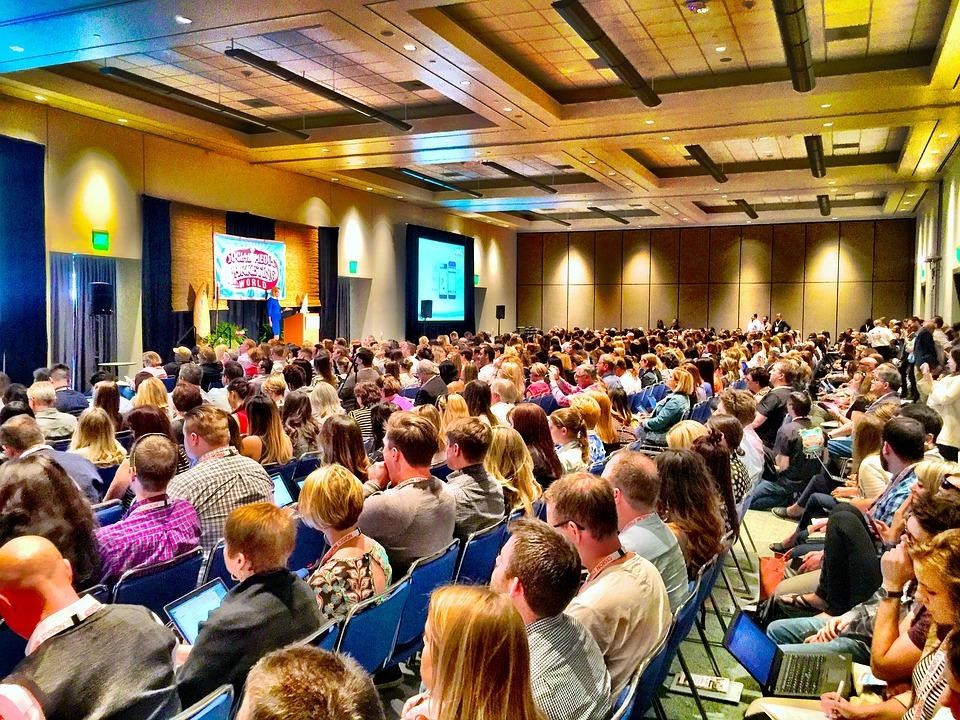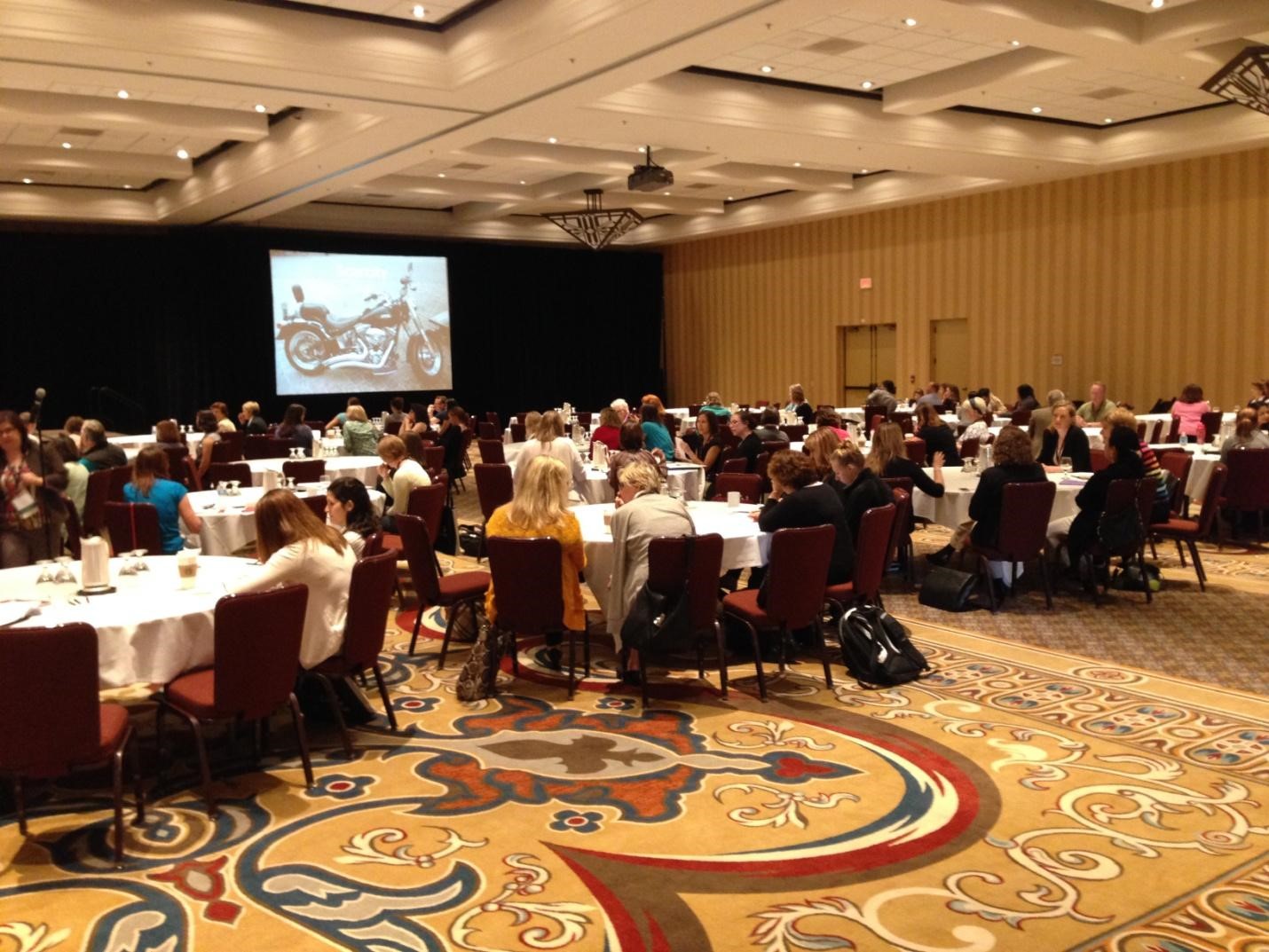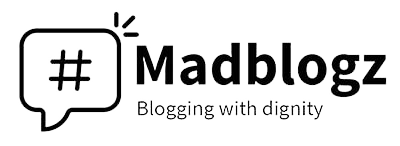When HR is tasked with creating an Away Day for a segment of their employees, one of their main objectives is to innovate. However, many teams lose sight of the primary directive of away days, that they are strategic events, designed to solve a problem such as low employee engagement or to offer an off-site meeting in order to break through a problem. Holding the meetings in Meeting Rooms Windsor way rather than in your normal work setting can help to take away some of the tensions that can appear in the office. If you are looking for meeting rooms in Windsor then it is worth planning some social activities that your employees can take part in during breaks from your corporate meetings. With this in mind, we’ve put together a quick list of things to consider.

1: Create a profile of the average attendee
Just as you would in sales and marketing, for this event, you need to know who your target audience will be. Is it a group of 22-year-old graduate trainees, upper management or a combination? Make sure the event you plan is flexible enough to accommodate all and won’t result in a mass pushback.
2. Get the participants involved in the planning
If you’re looking to improve team cohesion, you can start looking at your deliverables in the planning stage. Plan and conduct a five-minute presentation and invite all attendees, have them brainstorm and vote for the best ideas. Tank driving, anyone?

3. Take into account the status and intelligence of the attendees
The team planning the event are not always on the same, or higher, horizontal as the attendees. It’s all too easy to fall into the trap of insulting someone’s status and intelligence with a badly planned event. Painting rocks might suit some members of staff but the high-level management will feel as if they are being talked down to.
4. Be ready with the SMART objective question
What exactly are we doing here? What’s the goal and have you achieved it? By planning the day with a SMART objective framework, you’ll be able to answer all relevant questions asked before, after and possibly, during. Is the goal to resolve a current issue or a yearly-required team-building standard? Is the goal specific, measurable, attainable, realistic and time specific? It also gives you a way to measure the effectiveness of your meeting and the impact that the sessions has had on your staff morale and productivity.
Follow these few points and you’ll be on your way to planning a more effective away day.
